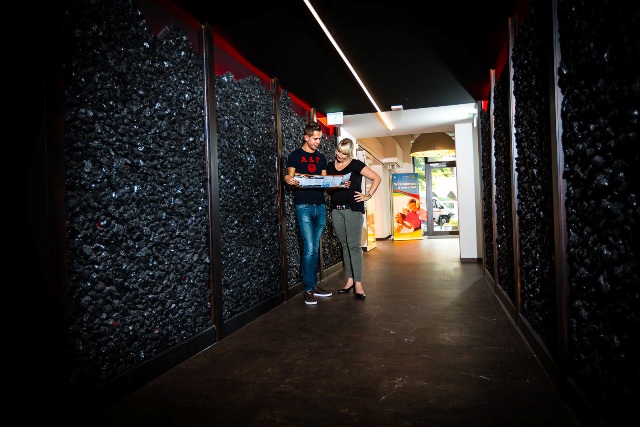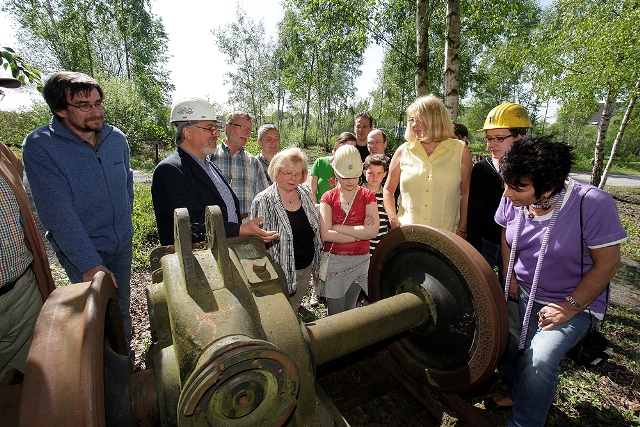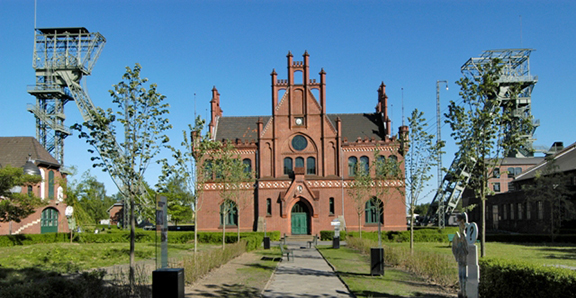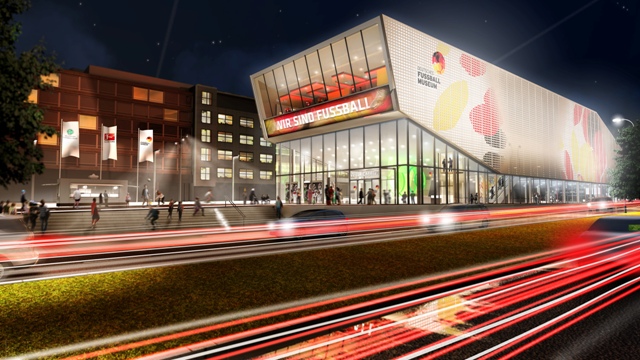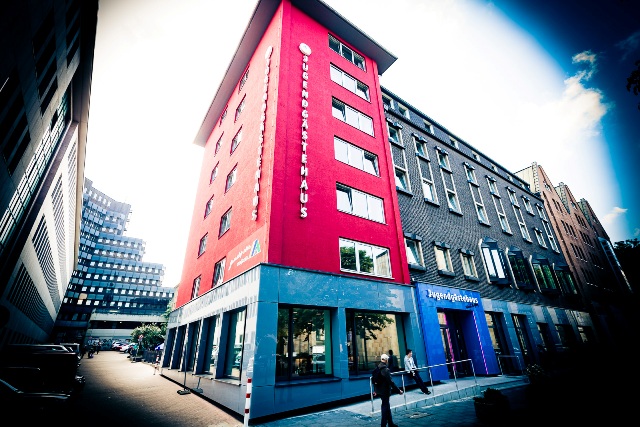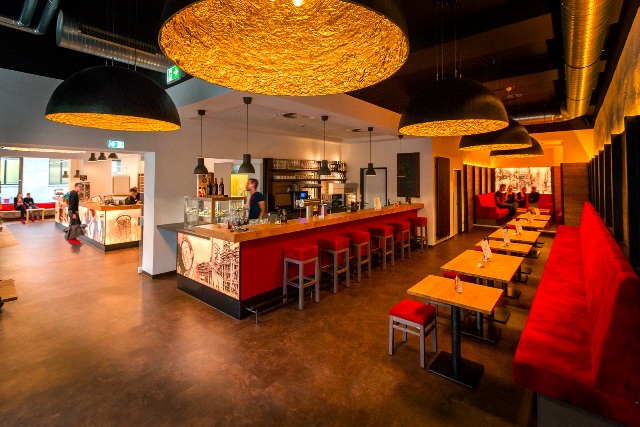The new Ruhr area
A fiery temperament has always been characteristic of Germany’s former coal-producing region. However, what was once the Ruhr Valley – hard but hearty and a little grey – has long since developed into a modern Metropolis Ruhr. The creative interaction of apparent contradictions makes out a large part of its fascination: listed cathedrals of industry serve as modern think tanks for innovative ideas and culture. 200 museums, 120 theatres and 100 concert halls prosper magnificently in the midst of superlative urban entertainment.
Hardly any smoking chimneys are left, most winding towers stand still, steel hammers are silent. The days of heavy industry are over. Impressive buildings are still there, witnesses of days gone by, turned into unique visitor attractions.
The Ruhr metropolis, once a centre of coal and steel industries, has become one of the most thrilling cultural regions in Europe. Former industry plants are now home to arts and culture, entertainment, sport and relaxation. Prime example is Zollverein in the city of Essen: what used to be the biggest and most modern coalmine in the world is now protected by UNESCO as a World Cultural Heritage Site.
The Ruhr area offers a unique experience discovering the industrial heritage of the region: breath-taking exhibitions in the Oberhausen Gasometer, climbing on top of the blast furnaces at Landschaftspark Duisburg-Nord or ice-skating in front the old coke oven plant in Essen.
The most impressive witness of former times can be found in the former capital of coal mining and heavy industry, in the city of Dortmund.
Hansa coking plant
The Hansa coking plant in Dortmund is one of the highlights of industrial heritage in the Ruhr Area. On the grounds of the former Hansa coking plant, visitors can today learn about the history and present of the Metropolis Ruhr on guided walking tours. The focus of these tours is on the juxtaposition of architecture, technology and nature. The Hansa coking plant started in 1928. Neighbouring collieries delivered the anthracite here, where it is processed to make coke and coke oven gas. After the collapse of the coal-mining industry in the Ruhr Area, the production areas of the coking plant were placed under protection as historical monuments. The Hansa coking plant is now one of the most important industrial monuments in the Ruhr Area.
A major attraction: Zollern colliery
"Mansion of labour" is the name given by contemporaries to arguably the most beautiful colliery in the Ruhr area and now UNESCO world heritage.
Zollern colliery was famous in Dortmund above all for the plant floor, with its art nouveau entrance. This museum presents the social and cultural history of mining in the Ruhr area. The world of hard graft and the working conditions in mining are revealed. In addition, examples of the lives of men and women are presented.
In the neighbouring restaurant visitors enjoy typical food from the Ruhr area. On the premises of Zollern colliery you can also find numerous relics of the mining history in the Ruhr area.
Museum for Occupational Health and Safety
The discovery exhibition run by DASA, the Germany Occupational Health and Safety Exhibition, is one of our insiders' tips for any trip to the Ruhr Area. Under the motto, "Experience: Man, Work, Technology", this innovative and exciting museum puts all of your senses to good use in experiencing the working worlds of yesterday, today and tomorrow. The guiding topic of the exhibition is the development of the working world in terms of occupational health and safety. Visitors can sit in a cockpit or hold a dentist's drill in their hand. The central problem focuses on securing central human values such as integrity, dignity, health, and participation in social life as relates to everyday working life.
A focal point for German football
The brand new German Football Museum provides a permanent public space for German footballs past and present. Since October 2015 the museum provides a focal point for the German game, adopting a broad approach that illustrates the sport’s many sporting, political, cultural, social and economic aspects, meanings and subtexts – but also the appeal, emotion, excitement and entertainment that is an inseparable part of the beautiful game.
The museum has been designed solely with the visitor in mind, delivering a high-quality experience in an attractive environment. Its mission is to inform, provoke, surprise, affect, inspire and, most importantly, entertain its guests using state-of-the-art exhibition concepts and media sources.
Yet the German Football Museum will not only serve as a place to preserve and show the history of the game. It will also provide a lively meeting place and discussion forum for every member of the football family, from fans, clubs, associations, friends and supporters to partners and sponsors.
A „Coal mine” in the Youth Hostel
To discover the new Ruhr area the refurbished
Youth Hostel Dortmund is the ideal place to start. Right in the middle of the city centre, it has changed into a modern, comfortable hostel with a 24 hours service.
Inside the guests will be surprised: On the one hand, there are big black lampshades and black-and-white photos, which are symbolizing the era of mining and heavy industry. There is a bistro where people can relax, meet and chat with each other. On the other hand, there is a garden and a free zone. To get from one part to the other the guests have to walk through a corridor with real pieces of coal. That looks like a tunnel in a coalmine and reflects the change process of the city of Dortmund and the whole region.
